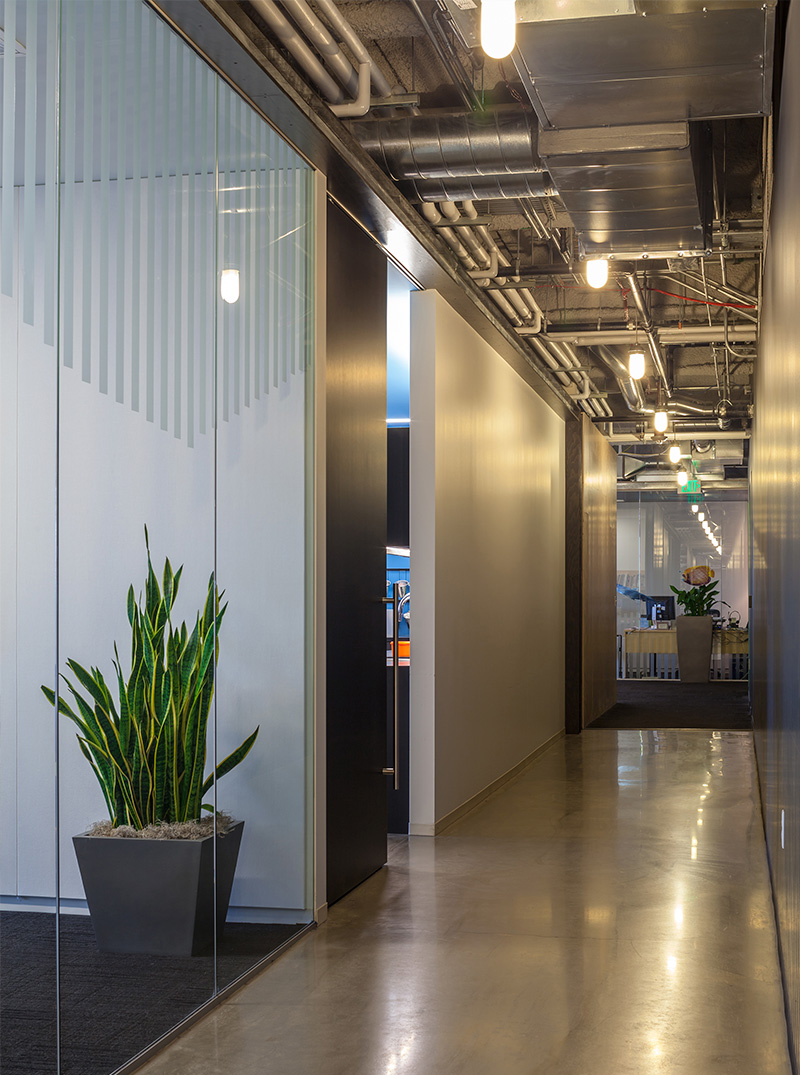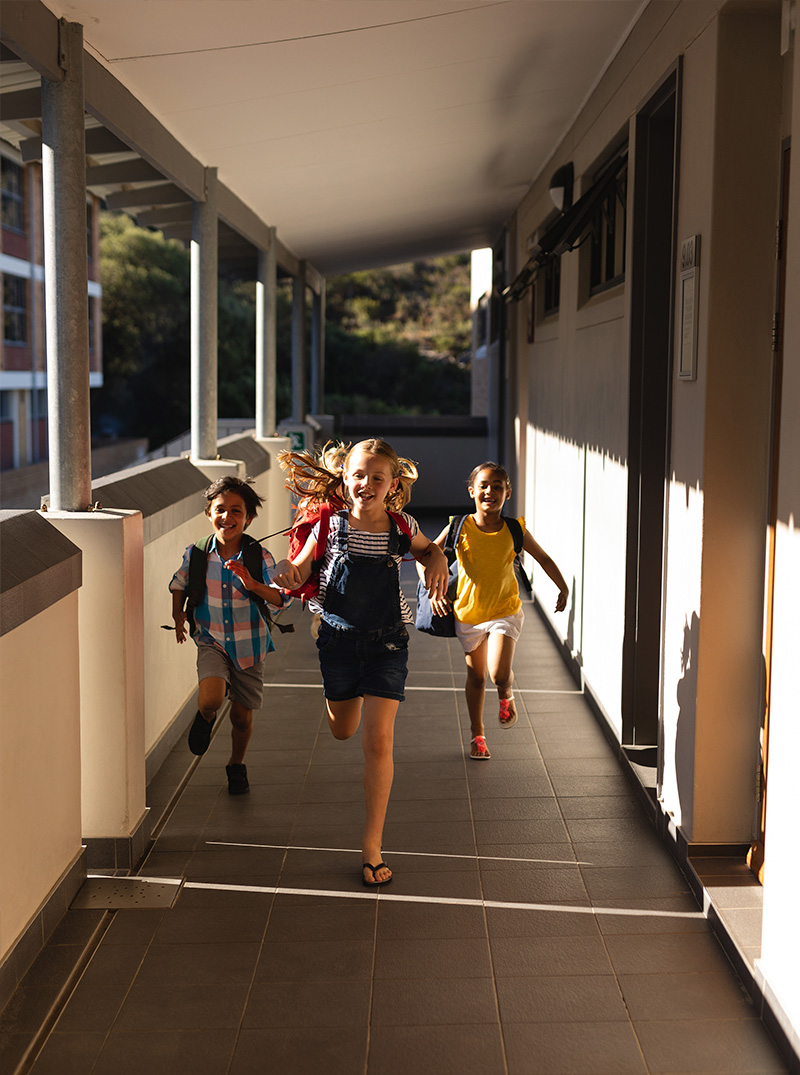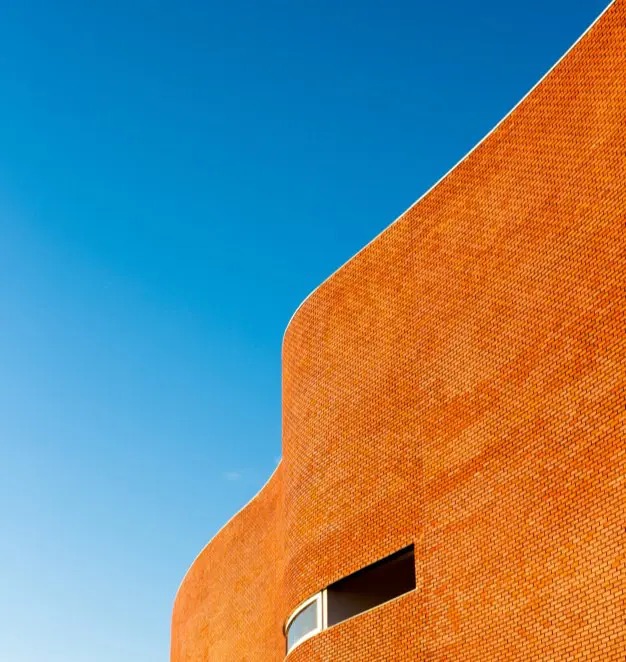Table of Contents
- The Interaction of CPTED and Situational Crime Prevention
- The Confluence of Design and Behavioral Influence
- Crafting Sanctuaries: CPTED in Public Spaces
- Haven at Home: Safeguarding Residential Communities
- Commerce and Caution: Designing Safer Business Zones
- Learning Safety: Blueprint for Educational Institutions
- Nurturing Safety in Cultural and Recreational Arenas
- The Digital Vigil: Technology's Integration into Design
- Empowerment Through Unity: The Community's Role
- Conclusion
- Addressing Your Questions
Envision a cityscape where architectural compositions repel unlawful acts. In this scenario, Crime Prevention Through Environmental Design (CPTED) is an incredible “value-added” discipline. Complementing this endeavor, the efforts of Criminologists, and Law Enforcement, with Situational Crime Prevention measures zeroes in on the immediate surroundings as the catalyst for criminal choices. In the following paragraphs, we look at the dynamic interaction between CPTED and Situational Crime Prevention, a nexus that shapes the contours of secure spaces.
The Interaction of CPTED and Situational Crime Prevention
CPTED intertwines with the essence of Situational Crime Prevention. While CPTED metamorphoses spaces to thwart criminal opportunities, situational crime prevention dissects the microcosm of circumstances where crimes incubate. Akin to crafting the choreography for a compelling dance performance, CPTED sets the stage, while situational crime prevention orchestrates the actors' movements.
The Confluence of Design and Behavioral Influence
Design wields the power to affect behavior and can shape how we navigate space. Efficient, well-thought-out physical design incorporating the understanding of the psychological predisposition of certain individuals can lead to solutions promoting safer surroundings. It's akin to a coach devising game-changing strategies for a sports team, aligning physical elements toward desired outcomes [with the understanding of some predispositions of the opposing team].
Crafting Sanctuaries: CPTED in Public Spaces
Public spaces are society's shared canvas for public transactional use and enjoyment. CPTED sketches a narrative of harmony that dissuades nefarious use. Picture how well-placed lighting can transform a park into a delightful and more secure haven… Like protagonists on a theatrical stage, people under such light are less likely to yield to the allure of illicit activities. Also, selecting Park and Lawn furniture to dissuade the use of loitering and lingering past space-use hours is one of the CPTED concepts that make a huge difference.
Haven at Home: Safeguarding Residential Communities
In residential neighborhoods, homes stand as each person’s/family’s castle. CPTED offers blueprints that render homes in the community [with varied levels of density] much better guarded. Secure entrances and well-defined property boundaries act as natural gates and corridors. Beyond the basic physical restrictions, quite a few physical and electronic measures can be added to enhance the level of security. The same goes for each individual domicile. What is added to each home will increase the basic security measures enjoyed by the whole community.
Commerce and Caution: Designing Safer Business Zones
CPTED extends its reach to commercial districts. Business exchange involves safe avenues for circulation and meeting nodes for collaboration and productivity. These spaces prosper when there is adequate and safe parking, controlled access, proper illumination, healthy well-ventilated buildings, accessible spaces and well-situated architectural elements to enhance policing through natural surveillance and deter crime through access control. A business park taking advantage of CPTED principles will benefit from well received, safe-feeling business interactions within the created environment.
Learning Safety: Blueprint for Educational Institutions
Educational institutions are arguably society's most important beneficiary of the implementation of CPTED. The intelligent design of an educational campus produces a more secure domain, with intelligible, well-policed public spaces and security-enhanced learning areas. Students should be among the most guarded members of society [as the largest number in that group are the K-12 age group – our children]. A safer, better-guarded space is indisputably more conducive to learning.
Nurturing Safety in Cultural and Recreational Arenas
Cultural spaces echo society's ethos (and value standings), and Recreational Arenas breathe life and value into leisure time. Through harmonious CPTED design, Cultural and Recreational Arenas enhance life while at the same time dissuading the discord of criminality. Images of impressive public spaces and processional gardens, well-guarded and aptly lit parking areas leading to public sports arenas or meeting/concert halls…all communicate a “Sense of Place” and value that give cultural identity to a group of people. The value of interacting within such spaces is magnified when there is a feeling of safety and mutual identification/ownership.
The Digital Vigil: Technology's Integration into Design
Technology products enhance CPTED's arsenal of tools. Surveillance cameras and electronic access controls become allies in this quest for safer spaces. Like a sports tactician deploying strategic plays, technology can add layers of deterrence so that access is controlled for the use of those sanctioned. Sometimes, a system’s presence (as in the case of visible CCTV cameras) warns off potential malefactors.
Empowerment Through Unity: The Community's Role
CPTED is a collaborative effort, with the space’s user community as the main participant. Engaged communities take ownership of their spaces, actively caring, maintaining, and fostering security. Enhanced communications, good natural surveillance, proper illumination, manicured landscaping and designated capable guardians within that community all combine to form a fortress against criminal intent and application.
Conclusion
This exploration into the interplay of CPTED and Situational Crime Prevention reveals a new vista of design's power to steer human conduct. Traditional modernist, and even post-modernist design, focused on either extreme efficiency or functionality…and, more recently into expressions of controlled chaos. While those are expressions of style and function, CPTED elevates architectural compositions by requiring that what is designed, is also a space that can be policed and enjoyed by its occupants. In the 21st Century, we can be exposed to destructive forces and ideologies that are non-sensical. As such, the ability to police our surroundings and be on guard within occupied spaces adds a desirable dimension to the creation of our new environments. A CPTED assessment is the first step toward addressing what can be done to formulate a safer design composition.
Addressing Your Questions
- What is CPTED? – CPTED, or Crime Prevention Through Environmental Design, is a methodology that employs design principles to deter criminal activity by shaping the built environment.
- How does CPTED collaborate with Situational Crime Prevention? – CPTED and Situational Crime Prevention collaborate seamlessly. While CPTED redesigns environments, Situational Crime Prevention addresses immediate factors that influence criminal choices. [An example of this is the raising of a misdemeanor theft offense in the San Francisco Bay Area to $1000 in possession of stolen articles. This lack of prosecution has led criminals to a rash of theft since they know they will not be prosecuted].
- Can CPTED be applied to diverse spaces? – Absolutely. CPTED adapts to many diverse spaces, from residential neighborhoods, and public areas, to industrial and commercial zones to educational institutions. There are some solutions that are very specific to a type of environment. However, most components in the field are transferable from one application to the next.
- How does community engagement bolster CPTED's efficacy? – Community engagement empowers CPTED. An engaged community collectively implements CPTED strategies and increases communication; thus, fostering more secure spaces and deterring crime.
- What's technology's role in CPTED? – Technology fortifies CPTED. Surveillance [CCTV] cameras and access controls function as sentinels, heightening deterrence against potential offenders. Design coalesces with criminology and psychology to help sculpt environments and behaviors. CPTED practitioners envision communities fortified against criminal intentions and tirelessly work toward that goal.





